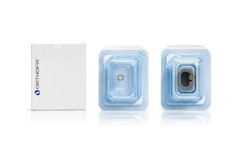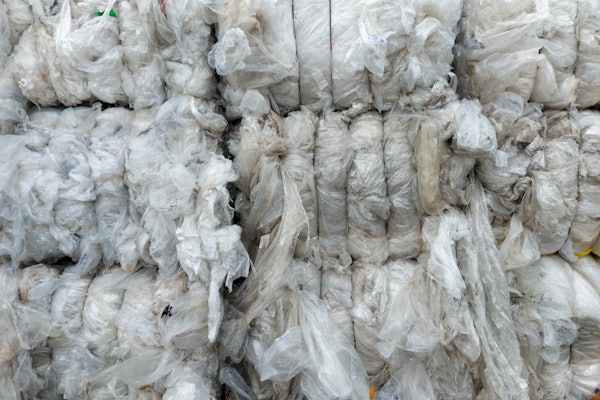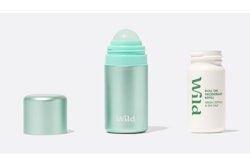
Friends, family, even strangers we’ve only just met—they all want to know. It doesn’t matter if our area of work is in materials, supply chain, manufacturing, or marketing and sales. They seem to believe that we are somehow responsible when a bad package makes it to market. Any attempt to explain the rationale behind the package design they’re fixed on withers in the face of their involved and animated description of the negative experience they’ve had with said package.
These are not all poor designs. Many times it’s a matter of sound design but poor execution in the manufacturing or construction of the package. With a large part of the population nearing an age when physical capabilities are diminishing, we need to look at our work and become more critical about design and how those designs are executed. If an individual has a poor experience with a package, they will not repeat the purchase.
I am a fan of the Amazon Frustration-Free packaging effort. They believe in the idea that a consumer experience with a package will reflect directly on their company. Unfortunately this mindset only covers products they ship, not the manufacturer’s original package. This awareness is a fantastic leap forward in the understanding of how consumers interact with product packaging. The real issue is in how we integrate this concept to everyday low-cost grocery, health, and beauty product packages. In many cases it is not the entire design that is at fault but a poor choice in final design intended to save some money.
Seriously, if we as packaging professionals can make a few small changes in some existing packages, maybe we can reduce the consumer negativity. The question you ask your Product/Marketing manager is “What is the value of a positive consumer experience with our product?”
Here are a few examples:
Clamshells—You cannot start a discussion of packages that create a poor consumer experience without mentioning PET clamshells. Hard to open, requires a tool, sharp edges. We have all heard about this and it is the most popular package to complain about. You can actually draw blood, a real coup for a designer! Poor design Irritation Index: 10+
Induction seals on plastic bottles—These are a really great idea, unless they do not have a substantial pull tab on them or are sealed too aggressively so as to leave the consumer with nothing to pull them off and knives and other sharp implements become used. Some firms recognize this and incorporate a pull tab which helps. How expensive is that extra bit of material? Some manufacturers just weld the seal on and it is considered a good seal if it is on. These firms do not realize that there is an entire range of seal aggression that can be obtained when creating a heatseal. It’s important to target the removal force and correlate machine seal conditions with seal strength to create a maximum and minimum window for seal aggression. Poor execution Irritation Index: 8
Tear tabs or notches on pouches—The idea of a notch in the pouch is to make it easy to open a pouch. When not completely cut through due to poor knife adjustment or made from a material that will not propagate a tear they become particularly problematic. Either way it irritates consumers. An interesting sidebar on these tear tabs is that if the tear strip is matched with a film that requires low force to propagate a tear, all kinds of fun things happen when the pouch is ripped open with minimal force and the consumer finds the contents spilling all over the ground as the entire side of the pouch becomes open. Poor execution Irritation Index: 8 to 9
Cheap reclosures—This supposedly consumer friendly reclosing feature is a real pain when the lowest quality is accepted. Almost every flexible pouch used for consumer food products utilizes this feature. It becomes compounded when they are used on frozen foods like strawberries and blueberries. Nothing is as irritating as staining blueberries spilling out of your freezer or onto your lap because the reclosure feature does not close securely. The concept is great but execution in using quality manufacturers is the problem. This has a high Irritation Index because the consumer has repeated negative experiences with this reclosure feature as the package contains multiple product portions. Poor choice among alternatives Irritation Index: 9.0
Maybe the takeaway from this discussion is that we should look at how the consumers are actually using our packages, who the consumer is, and where the interaction with the package takes place. Call it ethnography or call it paying attention, either way it’s a good idea.
The cleverest and friendliest package I have ever seen was designed by a 12 year old boy. Frustrated with the arduous task of scraping the last of the peanut butter from the bottom of the jar, he came up with the idea of having a lid at the bottom as well as at the top. I hope he patented it!
Fritz Yambrach ([email protected]) is director of packaging at San Jose State University.


























